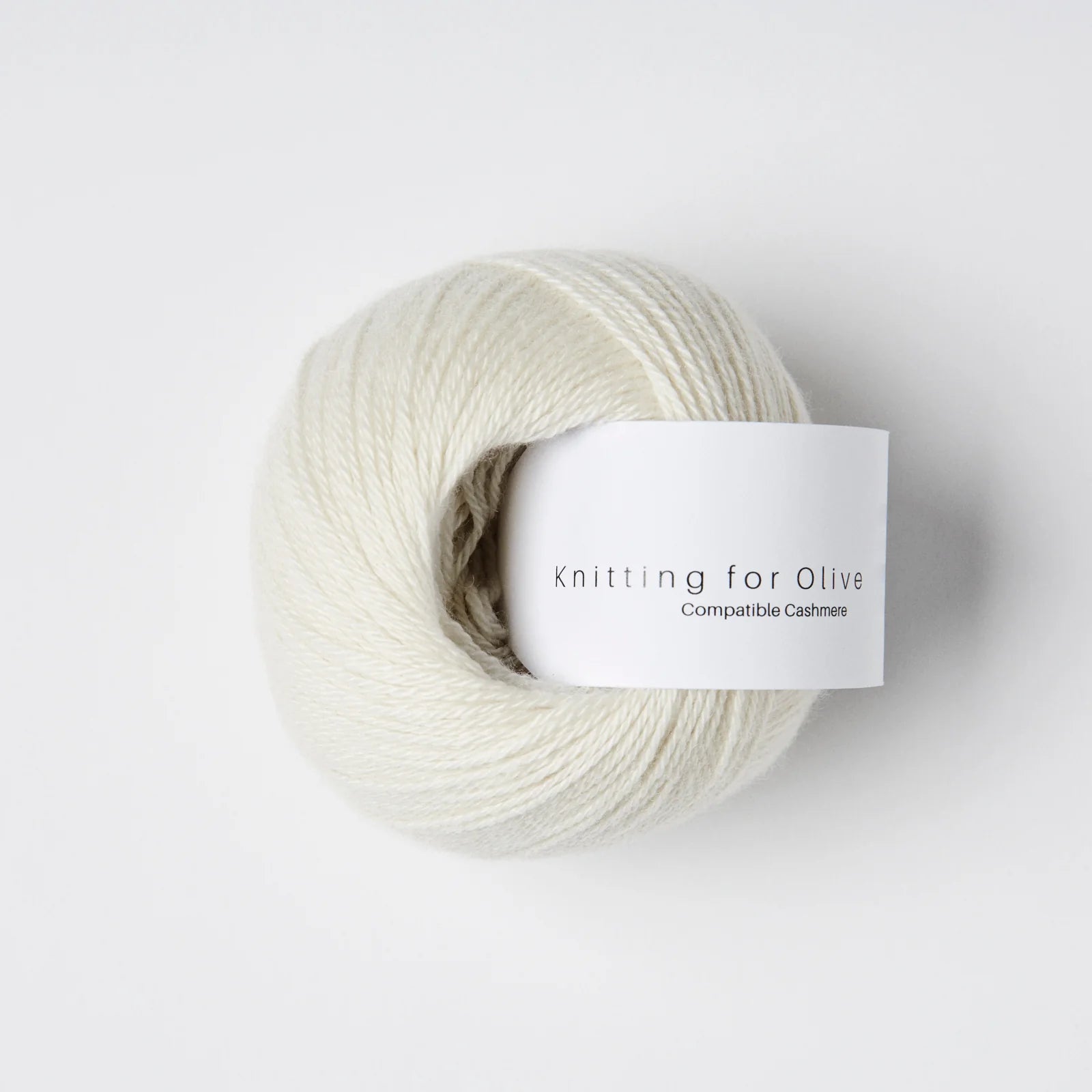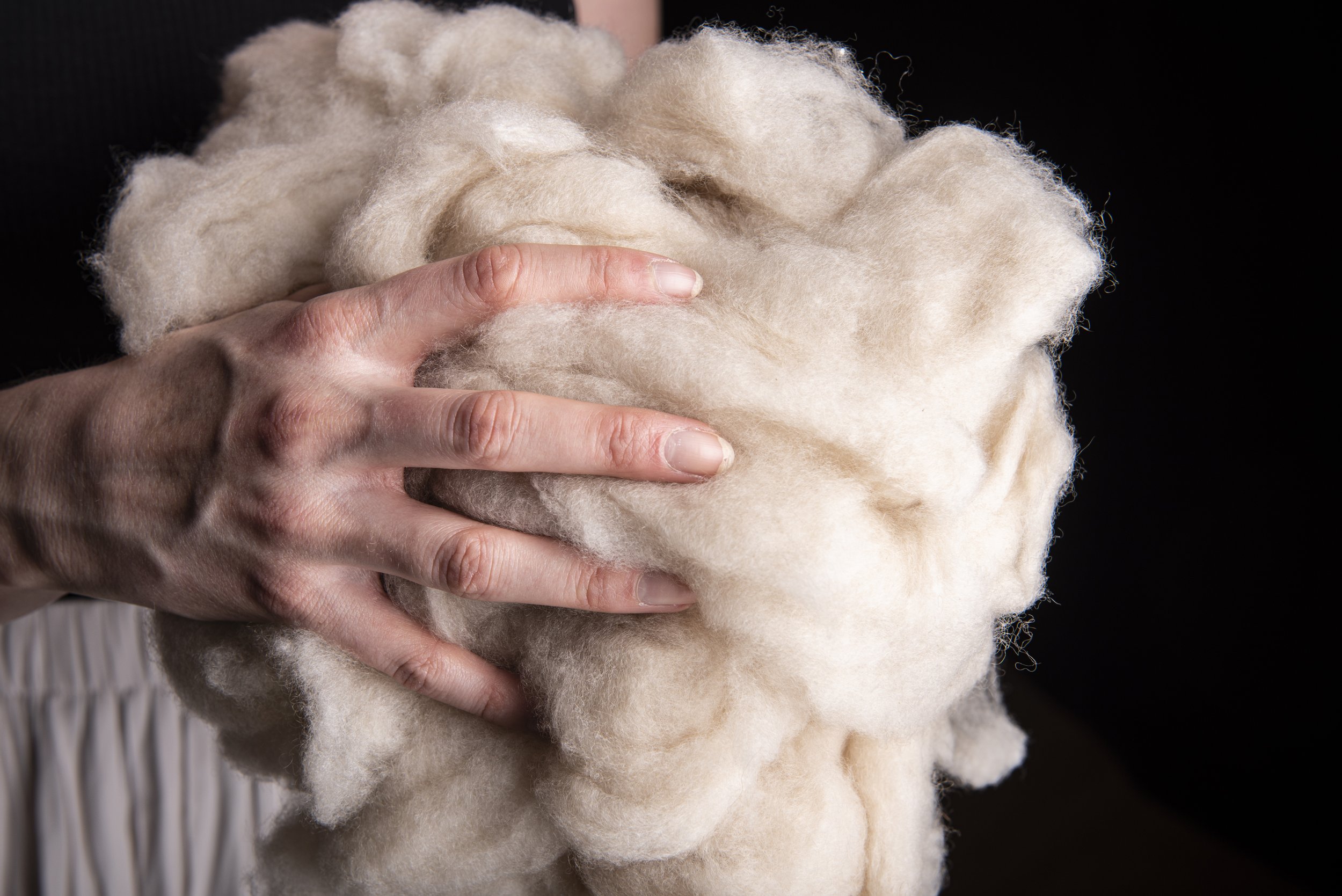Is Cashmere a Natural Fiber? Exploring Its Pure Origins and Uses
Is Cashmere a Natural Fiber? Exploring Its Pure Origins and Uses
Blog Article
Discover the Attraction of Cashmere a Natural Fiber: Why It's a Must-Have in Your Closet
The attraction of cashmere, a luxury natural fiber, goes beyond simple appearances. From reviewing its intriguing origin to understanding its production process, quality, and treatment, it's worth exploring why cashmere holds such a special area in the world of textiles.

The Beginning and Background of Cashmere: A Brief Review
While numerous might see cashmere as a simple deluxe, its background is steeped in rich social practice. Stemming from the Kashmir area in India, cashmere woollen has actually been created for thousands of years. The fiber is obtained from the soft undercoat of cashmere goats, collected throughout their molting season. As a precious asset, it was traded along the Silk Roadway, ending up being highly valued in Europe in the 18th century. The name 'cashmere' is an old English derivation of Kashmir. Regardless of its worldwide popularity, most of cashmere manufacturing still continues to be in Asia, especially China and Mongolia. This historic journey highlights the cultural value of cashmere, transforming it from a regional specialized to a global deluxe.
Comprehending the Unique Properties of Cashmere Fiber
While various other products might use down over time, cashmere preserves its top quality, guaranteeing resilient wear. Cashmere possesses a special visual charm. Comprehending these properties makes clear why cashmere is not simply a deluxe, but a rewarding financial investment for any closet.

The Process of Making Cashmere: From Goat to Garment
To value the luxurious residential or commercial properties of cashmere completely, one need to comprehend its trip from the raw fiber to the completed item. The process begins with the cashmere goats, primarily located in Mongolia, China, and Iran. The pure cashmere is after that colored, rotated right into thread, and lastly knitted or woven into the sought after garments.

Translating the Quality and Cost: Why Is Cashmere so Expensive?
The steep price of cashmere garments often leaves consumers asking yourself concerning its reason. The expenditure stems primarily from the tough manufacturing process. is cashmere a natural fiber. Cashmere originates from the great undercoat of the cashmere goat, with each goat producing a simple 150 grams each year. The labor-intensive procedure of combing and accumulating the rare fiber substantially increases the cost. The processing of raw cashmere needs both time and expertise, with the fibers needing to be thoroughly sorted, cleaned, and rotated. In addition, the deficiency of pure cashmere, coupled with its premium softness, warmth, and resilience, validates its high-end condition and high rate. These aspects integrated make cashmere a pricy yet extremely in-demand product on the planet of fashion.
Cashmere in vogue: The Flexibility and Timeless Appeal
Regardless of its high rate, the ageless charm and convenience of cashmere have actually solidified its place in the realm of style. The fiber's one-of-a-kind structure, defined by its softness and heat, has become identified with high-end and comfort. Its flexibility expands past seasonal trends, making it a closet necessary in different forms, from classy sweatshirts to stylish headscarfs. The flexible nature of cashmere enables its assimilation into both casual and formal clothing, symbolizing its broad charm. The material's sustaining popularity over the years proves to its ageless beauty. As trends reoccured, cashmere continues to be a consistent, its appeal undiminished, remaining to other form the style and influence sector's landscape.
Taking Care Of Your Cashmere: Upkeep and Conservation Tips
Ensuring the durability of cashmere garments needs certain treatment and attention. These valued ownerships need to not be tossed into the washing device with routine laundry. Instead, hand cleaning with mild, pH-neutral soap in warm water Extra resources is advised. After washing, they ought to not be wrung out. Instead, they ought to be carefully pushed between towels to take in excess water, then laid flat to dry. Routine brushing with a cashmere comb can stop pilling. Keeping these products in a great, completely dry location, ideally in a breathable bag, can secure them from moths and humidity (is cashmere a natural fiber). An occasional airing outside, away from direct sunshine, can rejuvenate the fibers. With these maintenance and conservation pointers, one can guarantee their cashmere stays luxuriously soft and sturdy.
Conclusion
Cashmere, with its exceptional soft qualities and heat, supplies both high-end and sturdiness. Its discover this info here origin from the Kashmir area and precise production procedure add to its premium charm and price. Its adaptability in vogue and enduring charm make it a worthwhile financial investment for any type of wardrobe. With correct care and conservation, cashmere garments can last for many years, offering a special mix of style, convenience, and quality. Discover the appeal of cashmere and boost your fashion arsenal.

Report this page